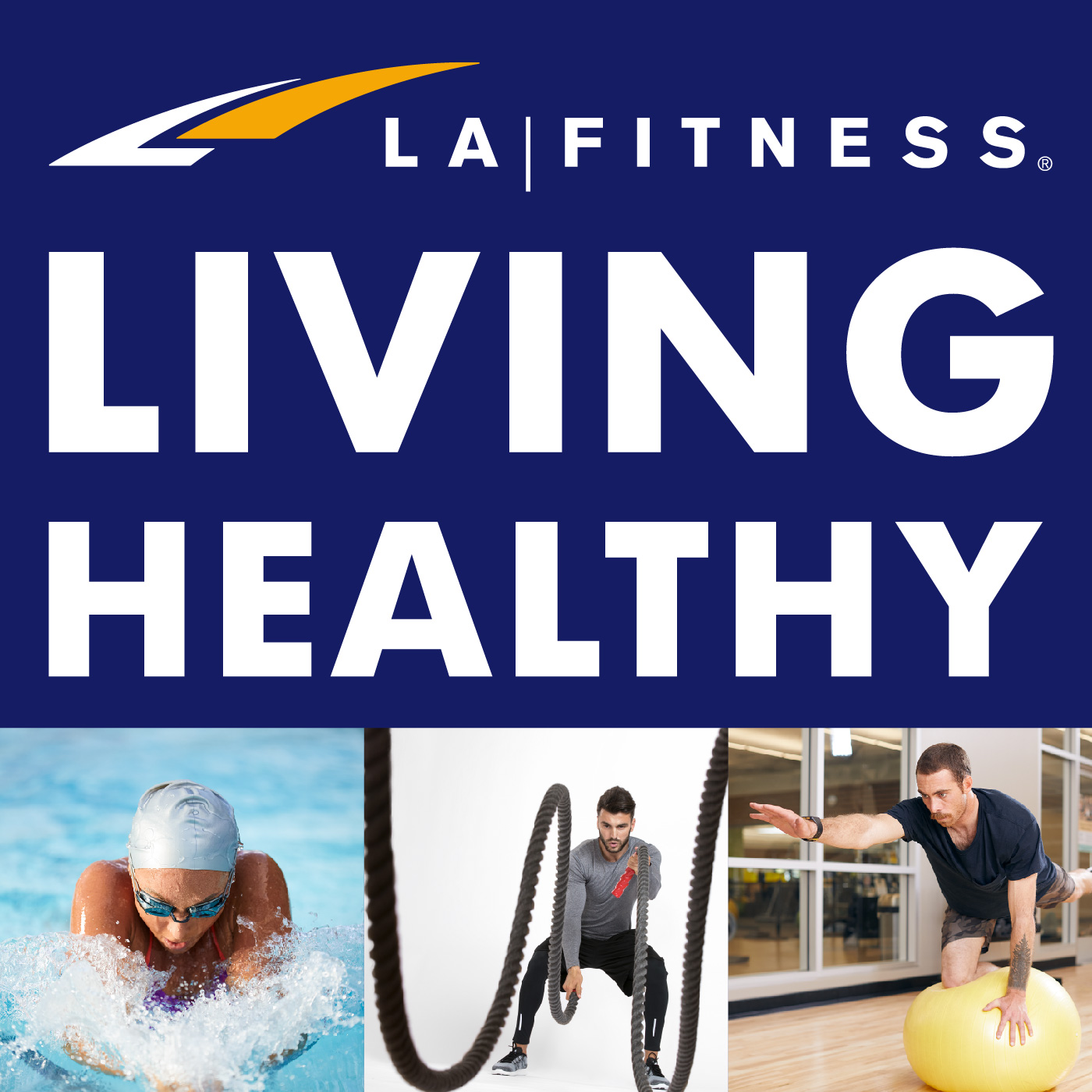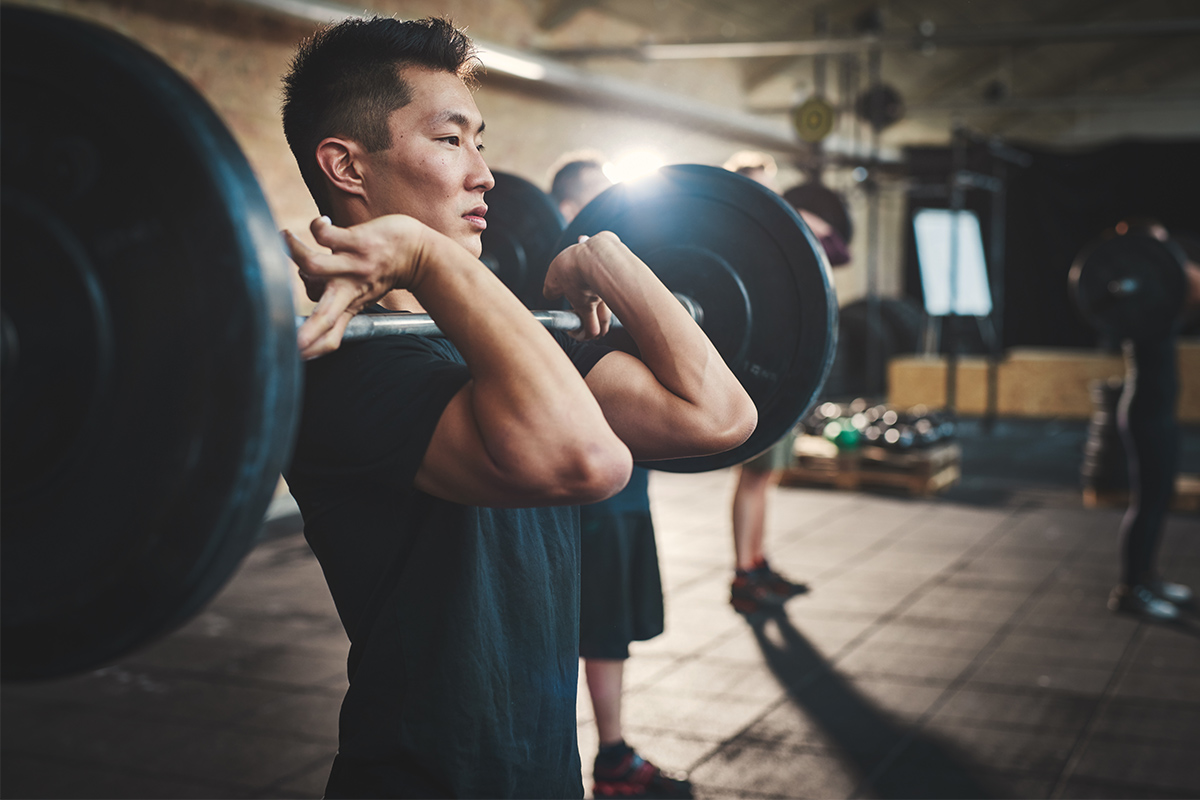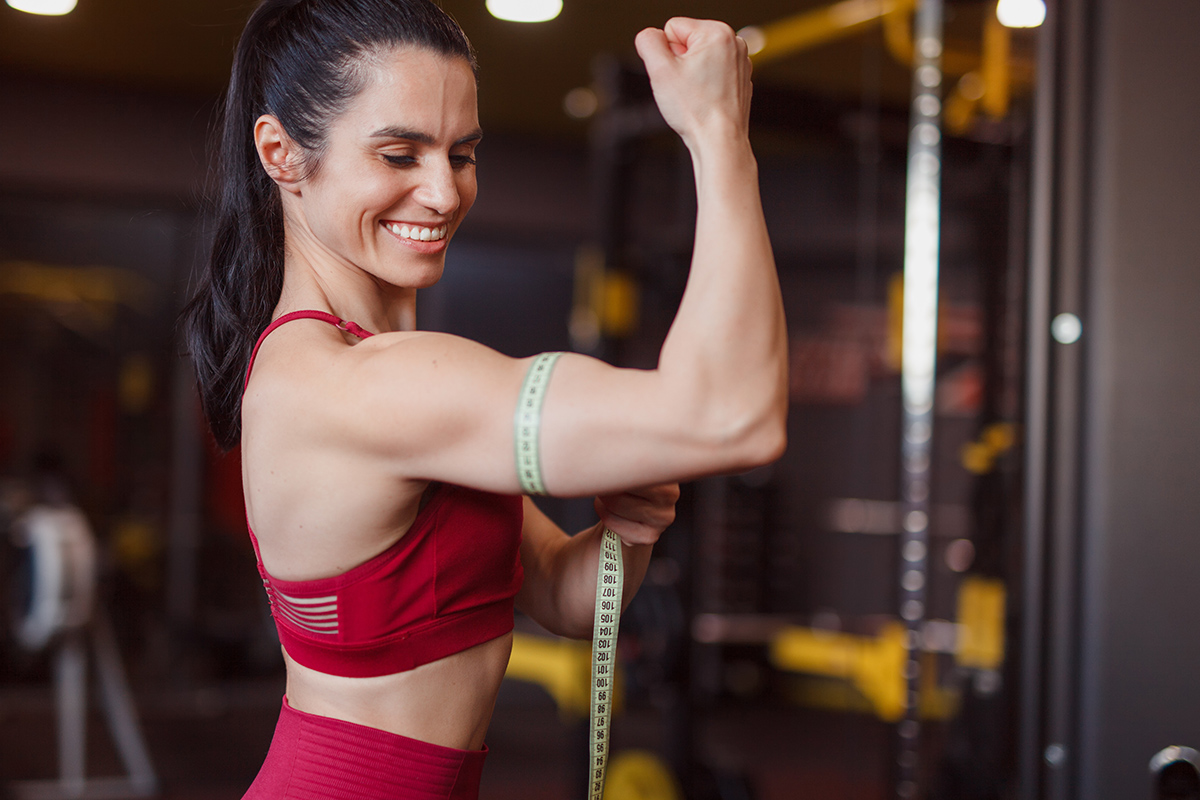In August of 2019, Ann underwent emergency surgery for a perforated bowel. While in the hospital for recovery, she rapidly lost 10 pounds. Upon returning home, her reduced appetite prompted even more weight loss: another 10 pounds.
Seeing that she had lost 20 pounds, what was at first a scary situation became an opportunity for change. Now feeling better from her ordeal, Ann decided she would stick firmly to a 1200 calorie diet to start losing weight healthily. “I wasn’t exercising very much, so the weight was coming off slowly,” she shares.
Despite her minimal exercise, the changes in her diet were helping. However, Ann still wanted to add activity to her life.
“I used to walk around the block everyday which equaled a mile with my walker. I can’t do that right now, so I was looking into finding a gym. I tried one I knew many people went to, but it was always too crowded, and I had to wait for machines. That’s not my cup of tea.
I decided to look into LA Fitness. It is close to my home and things move right along. LA Fitness seemed to have what we needed. So, my husband and I became official members.”



















 Have a nutrition question? Our registered dietitian is ready to help!
Have a nutrition question? Our registered dietitian is ready to help!